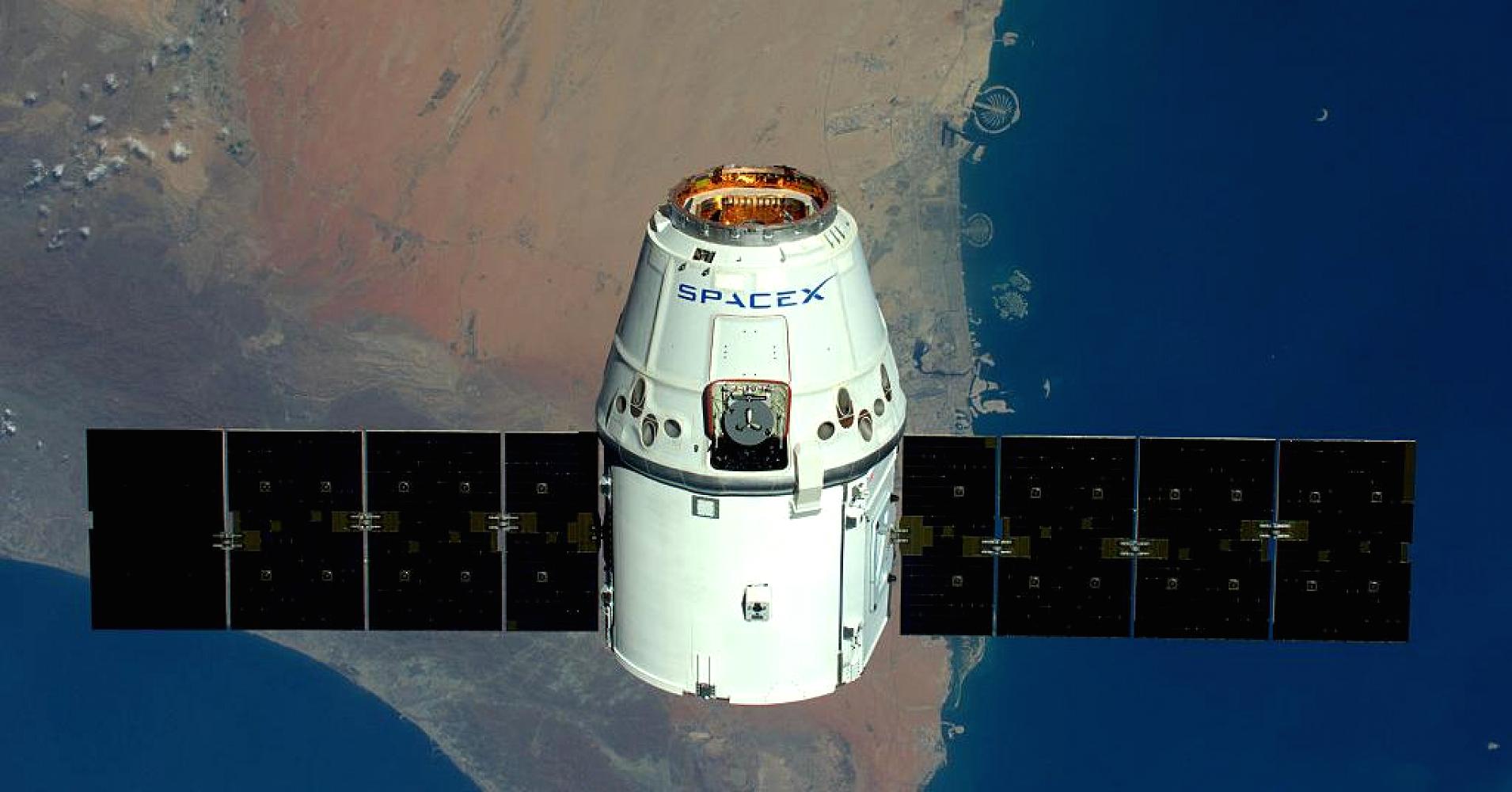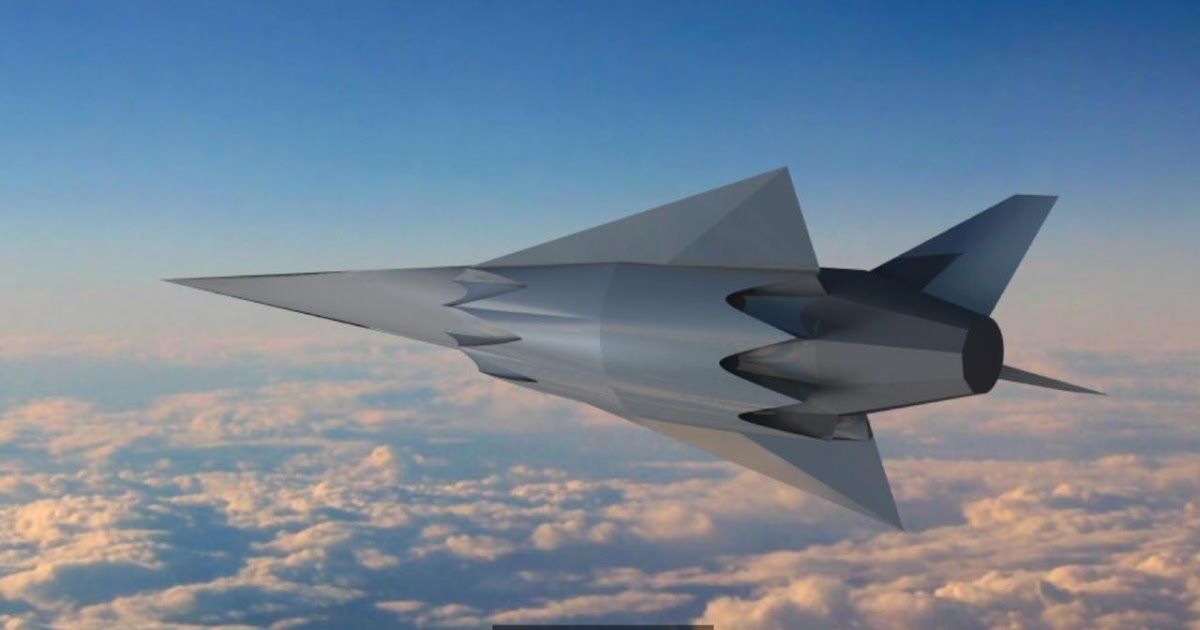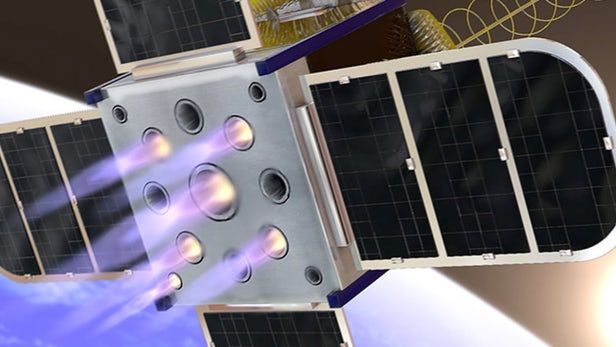The traditional process of designing, developing, building and deploying space systems is long, expensive and complex. These difficulties apply especially to the increasing number of expensive, mission-critical satellites launched every year into geosynchronous Earth orbit (GEO), approximately 22,000 miles above the Earth. Unlike objects in low Earth orbit (LEO), such as the Hubble Space Telescope, satellites in GEO are essentially unreachable with current technology.
DARPA’s Phoenix program seeks to change this paradigm and reduce the cost of space-based systems by developing and demonstrating new satellite assembly architectures and delivery systems. Phoenix is currently focusing on two primary technical areas of research:








